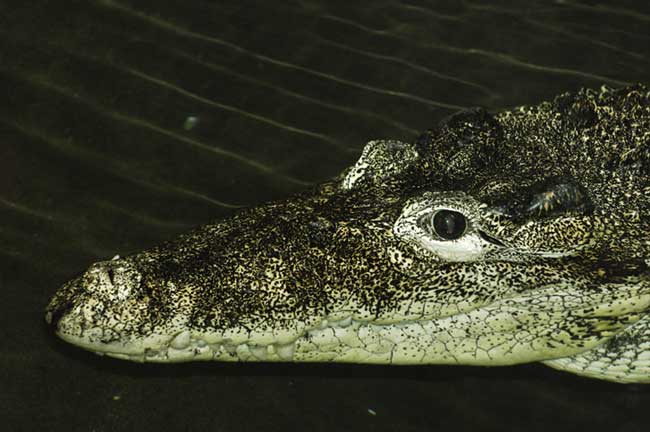Rarest of Rare Species Make New Endangered List

Green-eyed frogs and a Cuban crocodile are among the rarest of rare species, based on a new list of critically endangered species from the Wildlife Conservation Society.
The "Rarest of the Rare" list includes an eclectic collection of birds, mammals, reptiles and amphibians. Threats to each individual species vary widely, but all the animals on the list face real danger that could lead to their ultimate disappearance, WCS officials said.
A small porpoise called vaquita is getting trapped in fishermen's nets, which are inadvertently causing the animals to drown. The Grenada dove – the national bird of the island of Grenada – has been severely impacted by habitat loss. Other species suffer from illegal trade, as in the case of the ploughshare tortoise.
"The Rarest of the Rare provides a global snapshot of some of the world's most endangered animals," said Kent Redford, director of the Wildlife Conservation Society Institute. "While the news is dire for some species, it also shows that conservation measures can and do protect wildlife if given the chance to work."
The endangered species on the list include:
- Cuban crocodile: Currently restricted to two small areas in Cuba.
- Grenada dove: The national bird of Grenada is threatened by habitat loss.
- Florida bonneted bat: Thought to be extinct in 2002; a small colony has since been discovered.
- Green-eyed frog: Only a few hundred of these small amphibians are left.
- Hirola: Also called Hunter's hartebeest; the hirola is a highly threatened African antelope.
- Ploughshare tortoise: With only 400 left, the ploughshare tortoise is threatened by the illegal pet trade.
- Island gray fox: Living on the California Channel Islands, this is the smallest fox in the United States.
- Sumatran orangutan: The population has declined 80 percent during the past 75 years.
- Vaquita: This small ocean porpoise is drowning in fishing nets
- White-headed langur: Only 59 of these monkeys remain on a small island off Vietnam.
The list also highlights positive news, detailing two species that are on the road to recovery thanks to conservation efforts: Robert's tree frog whose population has grown due to captive breeding in zoos; and Przewalski's horse, which is starting to rebuild numbers after being re-introduced into the wild.
The 2010-2011 edition of State of the Wild also includes a special section devoted to the impact of human conflicts on wildlife and the surrounding environment. It considers how conservation can contribute to peace-building and reconstruction efforts in post-conflict areas.
Get the world’s most fascinating discoveries delivered straight to your inbox.
- 10 Species You Can Kiss Goodbye
- Big Mystery: How Many Species Exist on Earth?
- Top 10 Species Success Stories
 Live Science Plus
Live Science Plus






